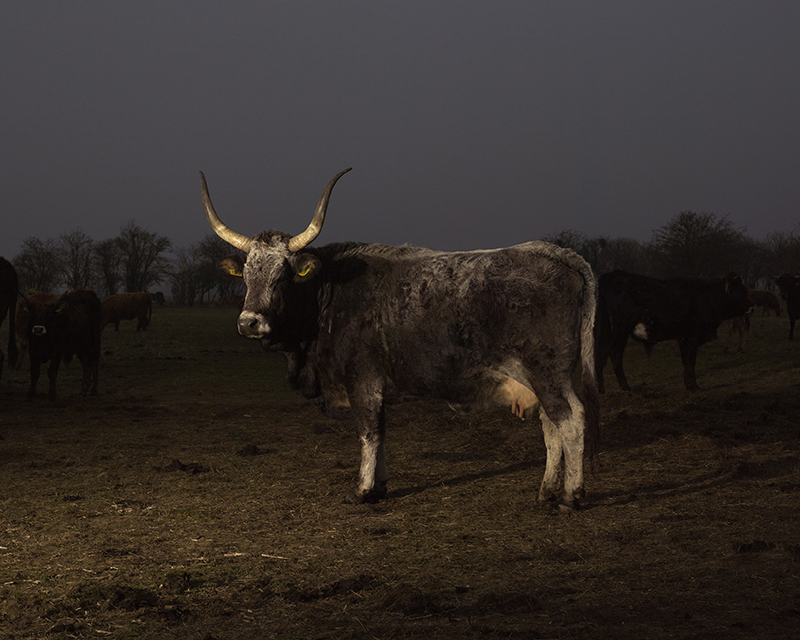
Signifiants flottants, le superbe livre de Daan Paans paru chez The Eriskay Connection parcourt certaines figures célèbres de la mythologie et de notre histoire culturelle.
Alors qu’elle a été longtemps considérée comme un outil privilégié pour l’investigation journalistique, la photographie s’est aujourd’hui ouverte d’autres champs exploratoires. Ceux de l’histoire, de l’histoire de l’art, des sciences sociales et des sciences dures. Ce sont souvent entre ces frontières que se positionnent les productions de l’excellente maison d’édition néerlandaise, The Eriskay Connection. Les projets éditoriaux qu’elle présente associent étroitement la matière photographique à un travail de recherche et d’écriture.
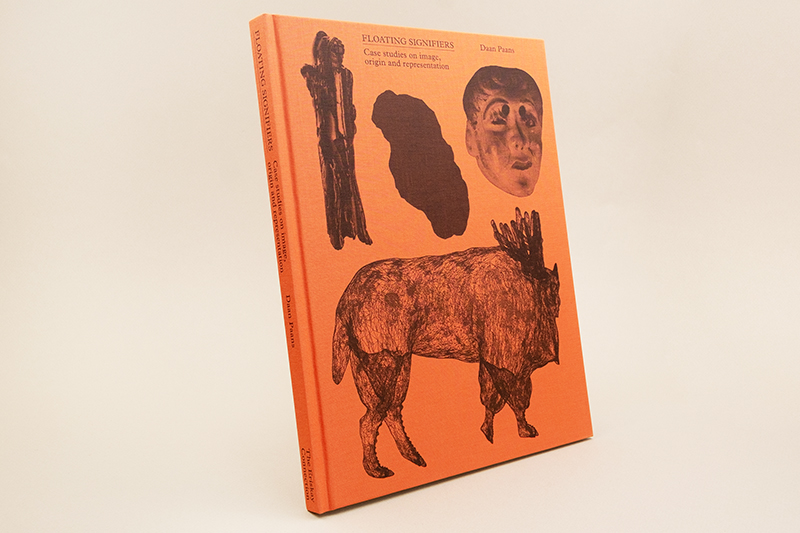
Dans un article précédent, chez le même éditeur, nous avions évoqué Deep Time, le beau livre de Lynn Alleva Lilley, une forme de quête photographique des origines de la vie. Avec l’ouvrage de Daan Paans, Signifiants flottants (Floating Signifiers), études de cas sur l’image, origine et représentation, voici un autre chapitre de cette relecture des origines qui déploie en même temps une dimension prospective.
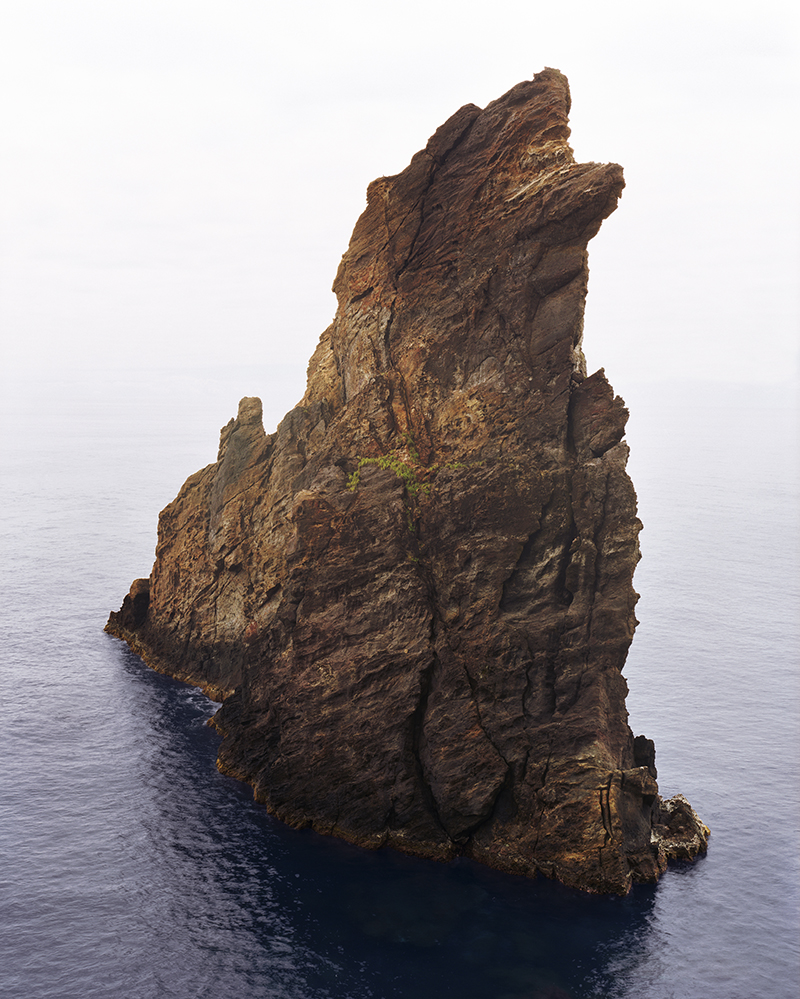
Une archéologie des formes
Dressant une archéologie des formes et des mythes, l’auteur revisite une histoire des formes, dans la lignée d’artistes comme Batia Suter (Parrallel Encyclopedia #1et #2 , parus en 2007 et 2018, Roma Publications) ; ou, avec un autre medium, le dessinateur de bandes dessinées Jens Harder dont trois tomes de son grand récit regroupés sous le titre Civilisations sont déjà parus aux Editions Actes Sud. Des approches qui relèvent de ce que l’on appelle l’histoire culturelle.
Le moteur principal de l’investigation de Daan Paans, c’est l’impermanence des formes, leurs survivances et leurs évolutions à travers les époques. Mais cela ne se limite pas à une histoire des styles adoptant la forme de planches d’encyclopédie, puisqu’il s’agit aussi de considérer les questions que posent des objets appartenant à différentes époques des cultures visuelles.
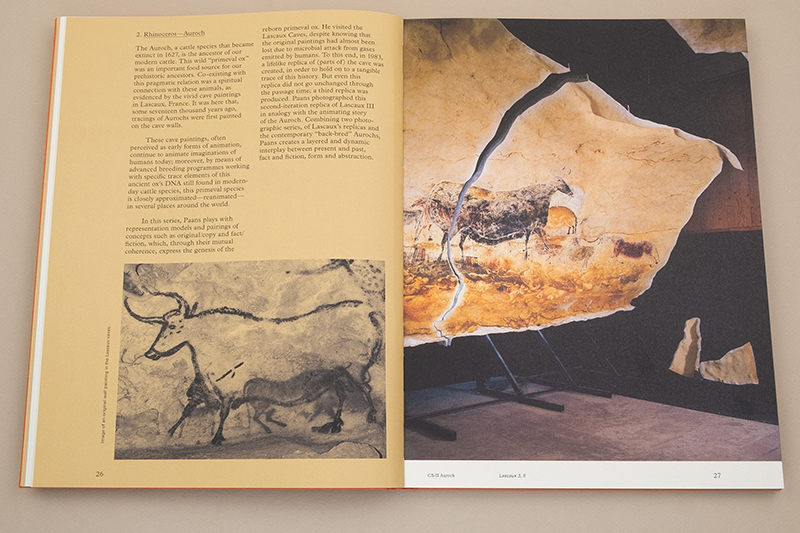
réactiver les figures mythologiques
Ainsi, le rhinocéros de Albrecht Dürer, représentation d’un animal que l’auteur lui-même n’avait jamais vu, nous entraîne-t-il sur la piste d’un monde antédiluvien idéalisé donc imaginaire, un monde avant la création de l’homme.
La statuette de l’homme-lion, créature thériantrope (mi-humaine mi-animale), trouvée dans la grotte de Hohlenstein Stedel en Allemagne et datée de – 40000 ans ouvre sur un inventaire d’autres figures d’hommes-lions dans les mythologies, la publicité, les mangas ou les dessins animés. Ces images se verront assemblées et fondues dans des représentations 3D en images de synthèse qui, replacées dans la caverne originelle, dessinent une forme récurrente réapparaissant à différentes époques de l’humanité, une figure cultuelle traversant les âges, prête à faire retour dans l’avenir.
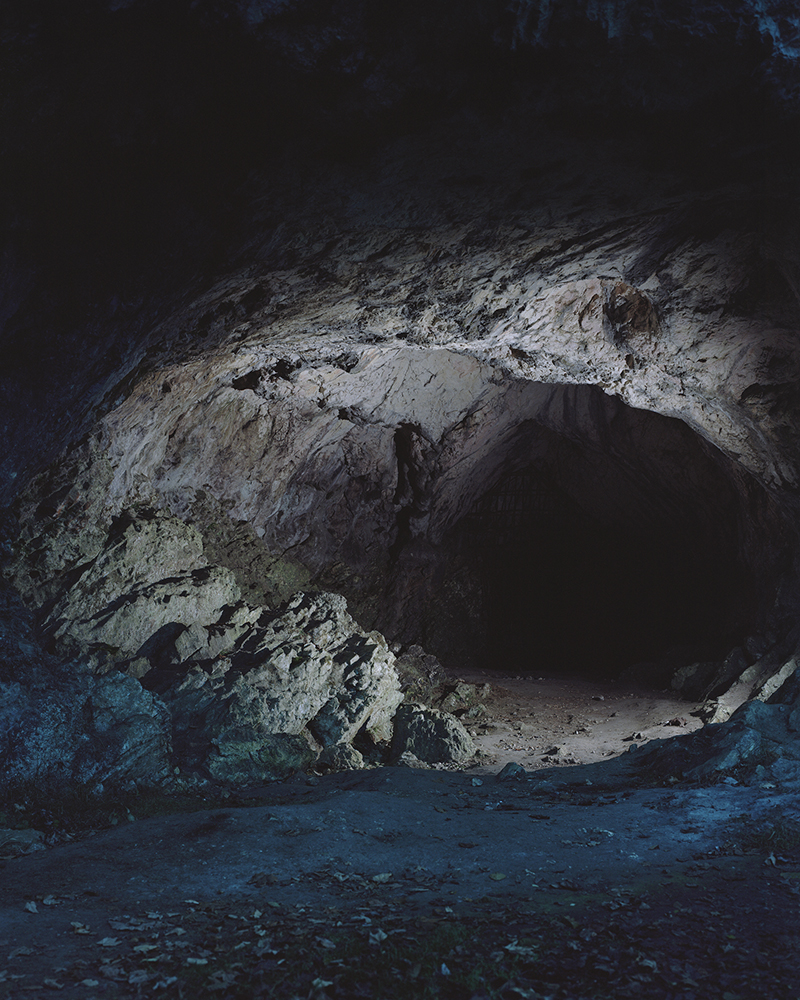
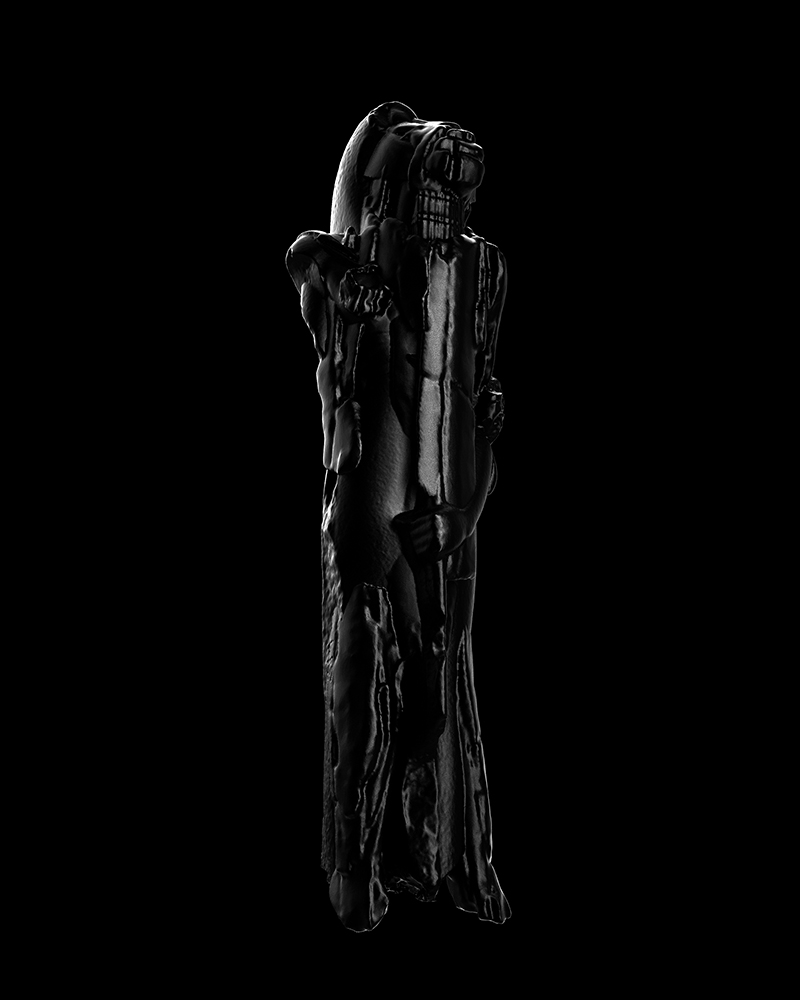
Il ne s’agit donc pas tant de partir d’un point d’origine mais plutôt d’une position intermédiaire entre forme passée et projection future. Enfin, en bon archéologue des formes, Daan Paans s’est intéressé à Chachapoyan, l’idole dorée de la scène d’ouverture des Aventuriers de l’Arche Perdue. Recensant ses dérivés commerciaux et retrouvant son inspiration historique (la déesse aztèque de la fertilité, Tlazolteotl) il a demandé à des ateliers de sculpture de différentes cultures de la réinterpréter dans leur style propre. Pour un résultat aussi réjouissant que troublant.
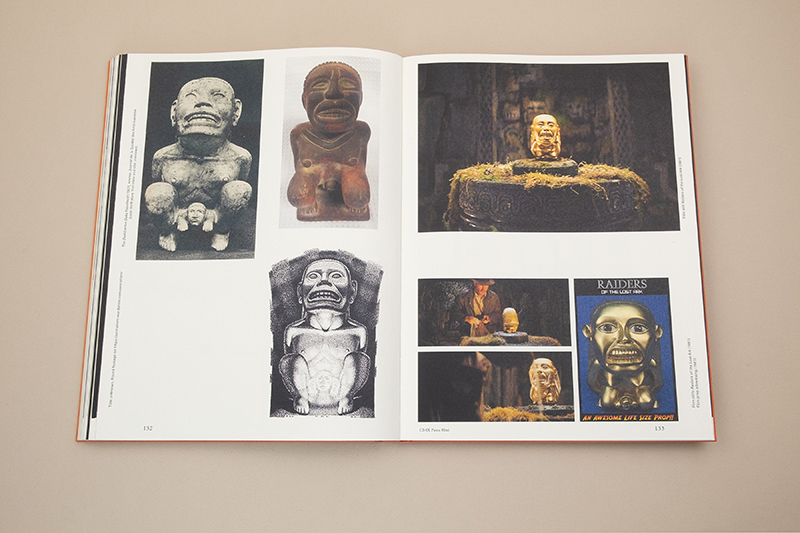
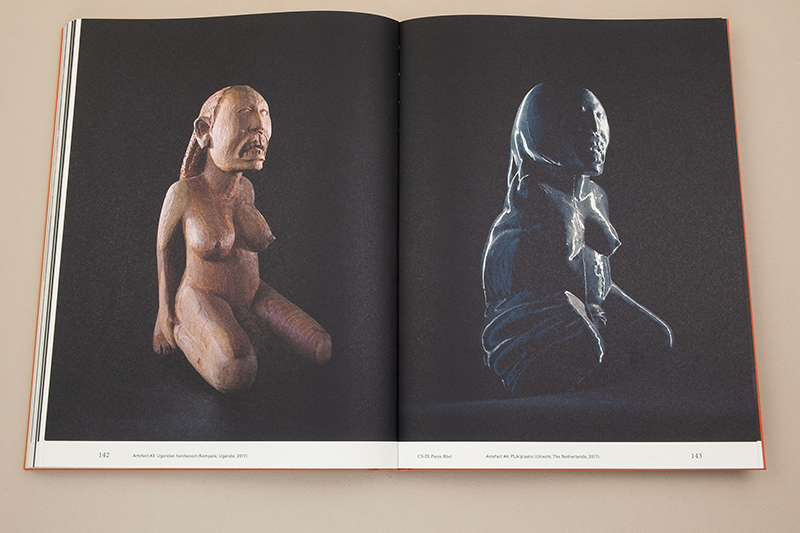
Un questionnement passionnant sur l’histoire de l’art aussi bien que celle des idées qui montre bien que, selon l’adage d’Heraclite, tout se transforme.
English version
Signifiants flottants, Daan Paans’ superb book published by The Eriskay Connection, explores some of the most famous figures in mythology and our cultural history.
While photography has long been considered a privileged tool for journalistic investigation, it has now opened up new fields of exploration. These include history, art history and the so-called hard and soft sciences. It is often between these frontiers that the productions of the excellent Dutch publishing house, The Eriskay Connection, are positioned. The publishing projects it presents closely combine photographic material with research and writing.In a previous article for the same publisher, we reviewed Lynn Alleva Lilley’s beautiful book Deep Time, a kind of photographic quest into the origins of life. With Daan Paans’s Floating Signifiers, case studies in the image, origin and representation, we present another chapter in this rereading of origins, which also has a prospective dimension.
Drawing up an archaeology of forms and myths, the author revisits a history of forms, in the tradition of artists such as Batia Suter (Parrallel Encyclopedia #1and #2 , published in 2007 and 2018, Roma Publications); or, with another medium, the comic artist Jens Harder, whose three volumes of his grand narrative grouped under the title Civilisations have already been published by Editions Actes Sud.Approaches that come under the heading of cultural history.
The main thrust of Daan Paans’ investigation is the impermanence of forms, their survival and evolution through the ages. But this is not limited to a history of styles in the form of encyclopaedia plates, as it also considers the questions posed by objects belonging to different eras of visual culture.
Thus, Albrecht Dürer’s rhinoceros, a representation of an animal that the author himself had never seen, takes us on the trail of an idealized, imaginary antediluvian world, a world before the creation of man.
The statuette of the lion-man, a theriantropic creature (half-human, half-animal) found in the Hohlenstein Stedel cave in Germany and dated 40000 years ago, opens the way to an inventory of other lion-man figures in mythology, advertising, manga and cartoons. These images will be assembled and merged into 3D computer-generated representations which, when placed back in the original cave, may represent an archetype deposited in human consciousness, a cult figure that has endured through the ages, ready to return in the future.
It’s not so much a question of starting from a point of origin, but rather an intermediate position between past form and future projection. Finally, as a good archaeologist of forms, Daan Paans turned his attention to Chachapoyan, the golden idol in the opening scene of Raiders of the Lost Ark. Taking stock of its commercial derivatives and rediscovering its historical inspiration (the Aztec goddess of fertility, Tlazolteotl), he asked sculpture workshops from different cultures to reinterpret it in their own style. The result is as pleasing as it is disturbing.
A fascinating questioning of the history of art and ideas alike, showing that, as Heraclitus said, everything transforms itself.
